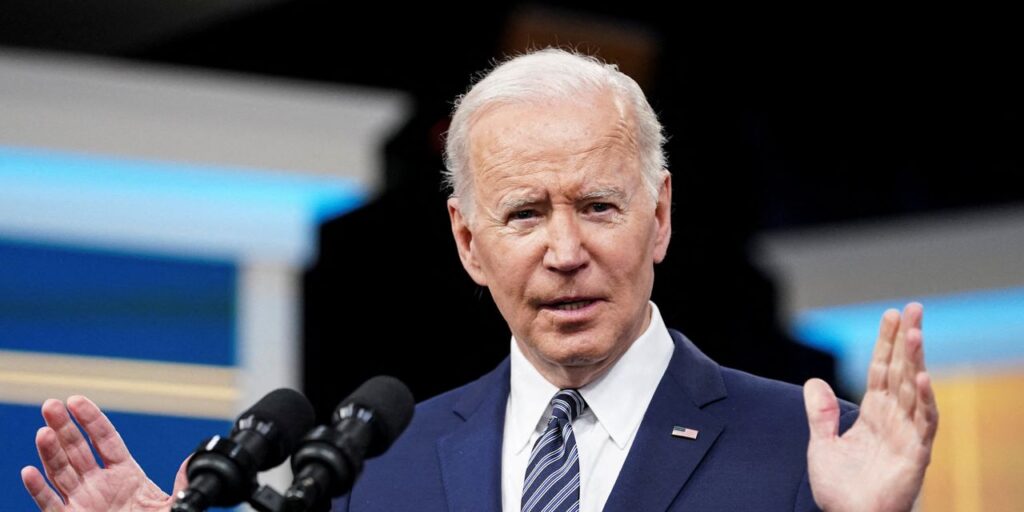Tsvetana Paraskova
Tsvetana is a writer for Oilprice.com with over a decade of experience writing for news outlets such as iNVEZZ and SeeNews.
More Info
Premium Content
By Tsvetana Paraskova – Apr 21, 2025, 6:00 PM CDT
Gold prices hit a record high at $3,384 per ounce early on Monday.
Gold prices have outperformed all other asset classes so far this year, gaining nearly 30% and rising by 45% over the past 12 months.
While gold prices are on a tear this year, oil prices slumped in early April to their lowest level since April 2021.
Amid heightened uncertainty about trade and economies, gold prices have hit multiple record highs this year, while oil prices have slipped to four-year lows as concerns about global oil demand spiked with all the trade and tariff chaos.
Gold hit another record high on Monday as the U.S.-China trade war escalated and the U.S. dollar weakened amid persistent fears of a recession. Gold, the safe-haven asset, has benefited from the market chaos, while riskier commodity assets, such as crude oil, have suffered amid deteriorating oil demand outlooks.
Gold prices hit a record high at $3,384 per ounce early on Monday, and analysts believe the rally will continue into the next weeks and months.
“Fundamentally, markets are pricing in heightened geopolitical risks, driven by U.S. tariff tensions and stagflation concerns, while resilient central bank demand offers an added tailwind for prices as well,” IG market strategist Yeap Jun Rong told CNBC.
Gold prices have outperformed all other asset classes so far this year, gaining nearly 30% and rising by 45% over the past 12 months.
Recently, gold demand has also been the result of a more structural shift in gold allocations, Swiss bank UBS said earlier this month when it raised its gold price target to $3,500 per ounce.
“Aside from safe-haven demand and tactical speculators’ positioning, we see signs of a more structural shift in gold allocations—for example, Beijing allowing insurance funds to invest in gold and central banks systematically raising gold’s share of total reserves,” UBS said.
“This significantly supports demand, while supply is unlikely to respond much to higher prices.”
Central banks are expected to boost gold purchases to 1,000 metric tons in 2025, up from 950 metric tons last year, after purchases of more than this level over the last three consecutive years. Exchange-traded funds (ETFs) are also expected to boost their net buying this year to 450 metric tons, up from 300 metric tons, and strong retail coin/bar demand is also set to boost gold demand, according to UBS.
Related: EU Giving Up Putin’s Pipelines for Trump’s Tankers Full of LNG
“Amid ongoing tariff-related and geopolitical risks, which have negatively impacted US and global economic prospects, we are raising our gold price target to USD 3,500/oz across our forecast horizon and remain long the metal in our global and Asia asset allocation,” the analysts at the Swiss bank said.
UBS is also lifting its upside and downside targets by $300/oz to be $3,800/oz and $ 3,200/oz, respectively.
According to Ole Hansen, Head of Commodity Strategy at Saxo Bank, “In the short to medium term, a combination of heightened global economic tensions, the risk of stagflation—a combination of lower employment, growth, and rising inflation—a weaker dollar, may, in our opinion, continue to support bullion.”
While gold prices are on a tear this year, oil prices slumped in early April to their lowest level since April 2021, with Brent Crude prices briefly slipping below $60 per barrel. Prices have recovered from the selloff early this month, but they are still in the mid-$60s, with WTI, the U.S. benchmark, in the low $60s per barrel.
The tariff-driven uncertainty about U.S. and Chinese economic growth, and global growth as a whole, have combined with fears of oversupply as OPEC+ announced it would continue easing the production cuts in May by an amount triple the expected volume for next month.
The tariff chaos with announced U.S. tariffs on all, halted tariffs on all but China, and escalating tariffs on Chinese goods have prompted forecasters to downgrade their oil demand projections for this year and next.
Over the past two weeks, the EIA, the IEA, and OPEC have all cut their demand growth outlooks, while major investment banks have downgraded their oil price forecasts for the short to medium term.
The International Energy Agency (IEA) last week slashed the previous month’s growth forecast by 300,000 bpd and now expects global oil demand to grow by just 730,000 barrels bpd this year amid escalating trade tensions.
OPEC also revised down its global oil demand growth forecast for 2025, citing escalating trade tensions and weaker-than-expected economic indicators. The cartel now anticipates a demand increase of 1.3 million bpd for 2025, down by 150,000 bpd from its previous projection. Similarly, the 2026 forecast has been adjusted downward by 150,000 bpd to 1.28 million bpd.
The U.S. Energy Information Administration (EIA) now anticipates demand growth of 900,000 bpd for 2025, a decrease from the previously expected 1.2 million bpd. For 2026, the projection is adjusted to 1.1 million bpd, slightly down from the earlier estimate of 1.2 million bpd.
By Tsvetana Paraskova for Oilprice.com
More Top Reads From Oilprice.com
DOGE Hands US DOE The Budget Axe To Slash $10B in Clean Projects U.S. Strike on Yemen Oil Port Kills 58, Houthis Say China’s Oil Supertankers Face $5.2-Million Fee per U.S. Port Call
Download The Free Oilprice App Today
Back to homepage
Tsvetana Paraskova
Tsvetana is a writer for Oilprice.com with over a decade of experience writing for news outlets such as iNVEZZ and SeeNews.
More Info
Related posts
Leave a comment
https://oilprice.com/Metals/Gold/Traders-Flee-to-Gold-Ditch-Oil.html




